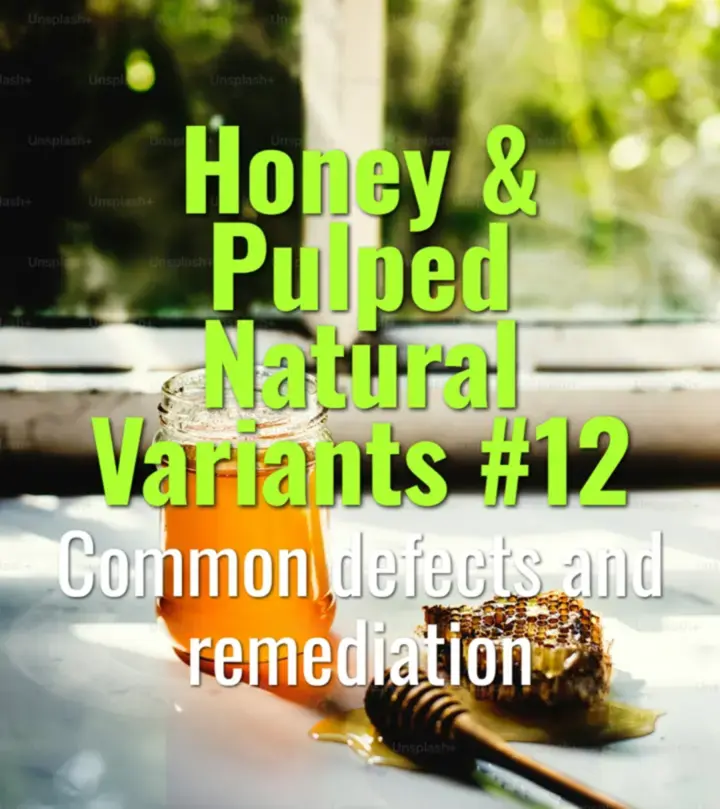
Common defects and remediation
This topic explains the common defects that occur in honey and pulped natural coffee processing, why they happen, and the practical remediation steps farmers can take to minimize losses.

This topic explains the common defects that occur in honey and pulped natural coffee processing, why they happen, and the practical remediation steps farmers can take to minimize losses.

This topic explains how data logging in honey and pulped natural processes supports repeatability, consistency, and quality improvement across harvests.

This topic explains how altitude and humidity influence honey and pulped natural processing, affecting drying times, fermentation dynamics, and final flavor outcomes.

This topic explains hybrid honey processing protocols that incorporate soaking steps, how they blend aspects of washed and honey methods, and their impacts on flavor, cleanliness, and market differentiation.

This topic explains how color standards and visual cues are used to identify honey process types (white, yellow, red, black), how they develop during drying, and why they matter for consistency and quality assurance.

This topic explains why honey and pulped natural processes carry risks of over-fermentation, the conditions that cause it, and how producers manage these risks to protect cup quality.